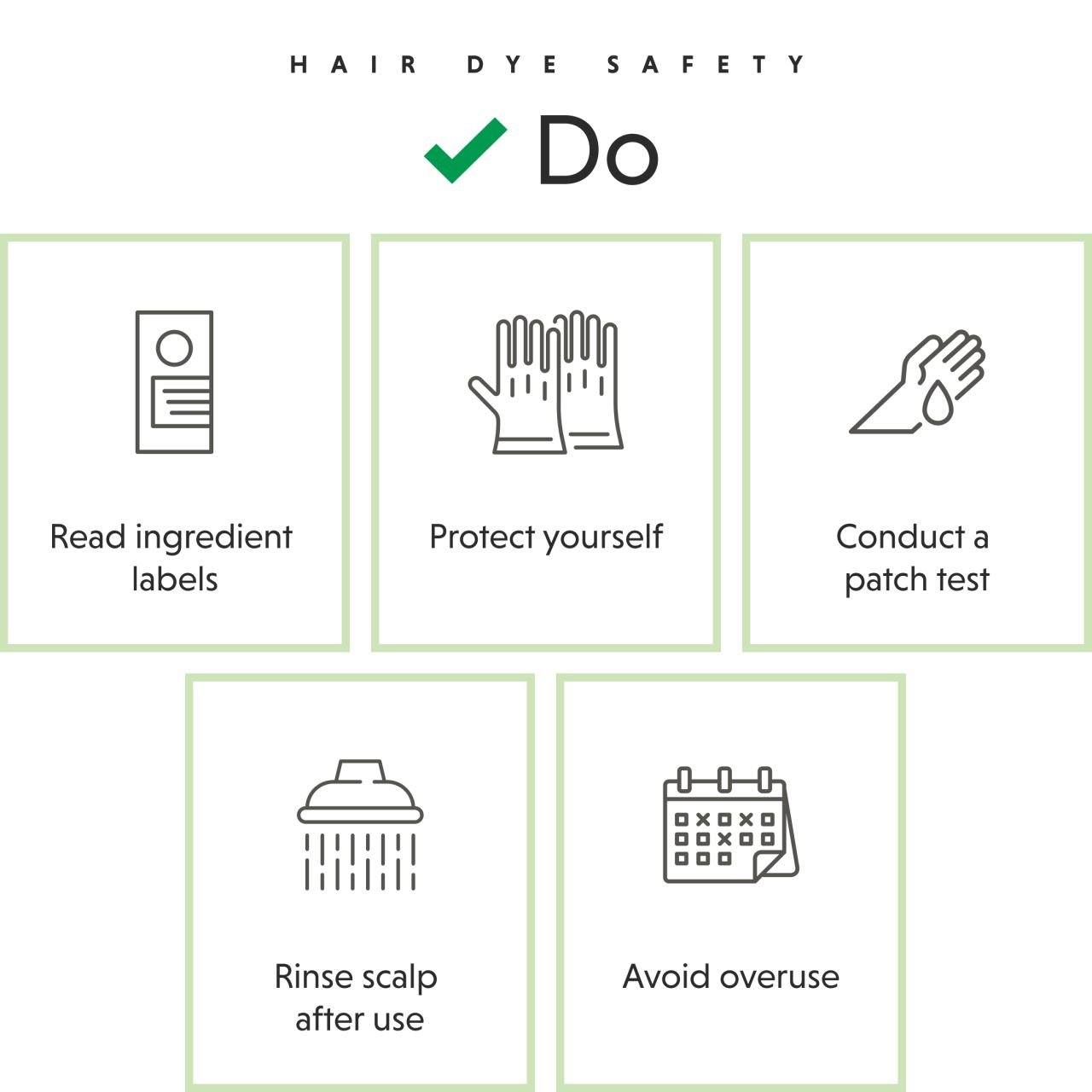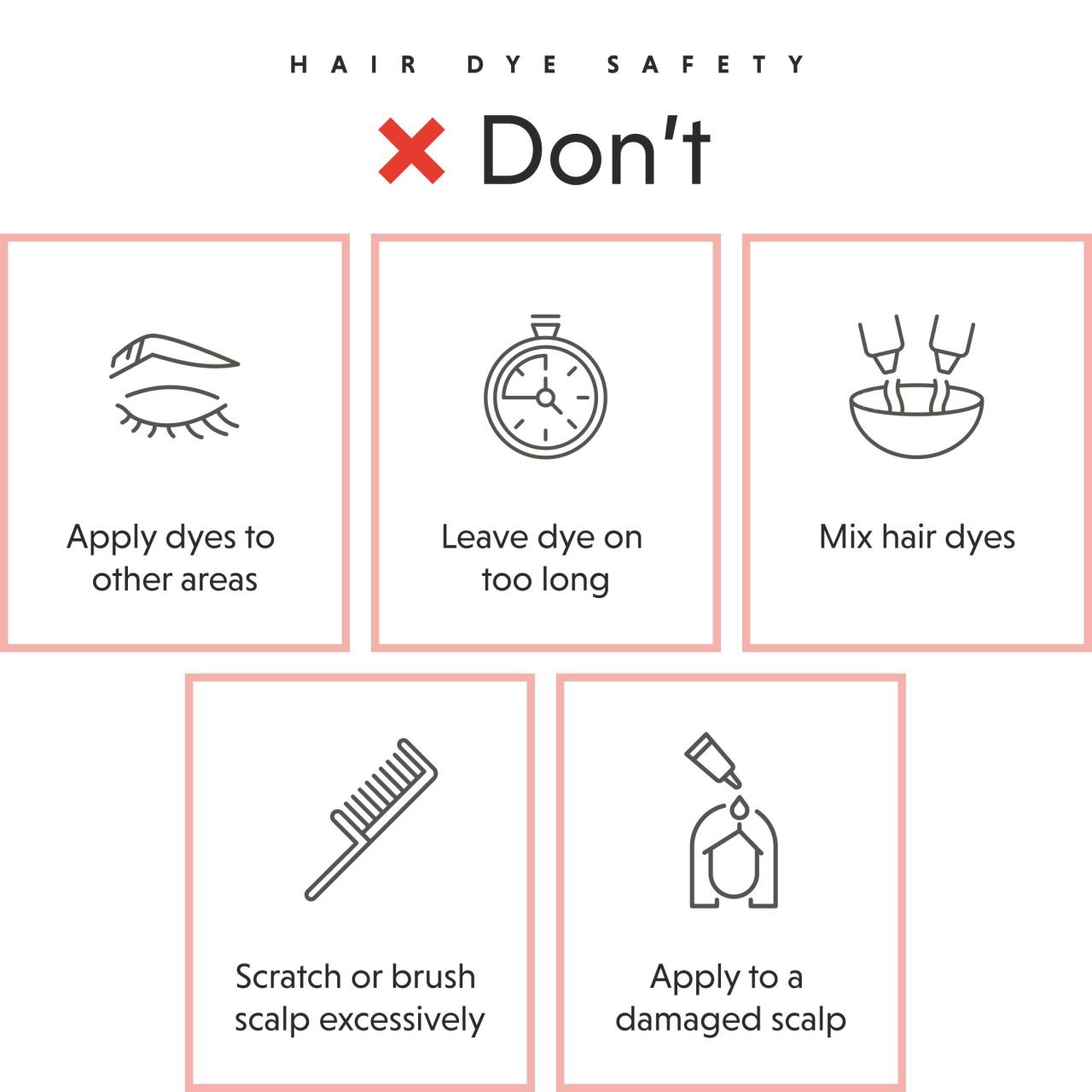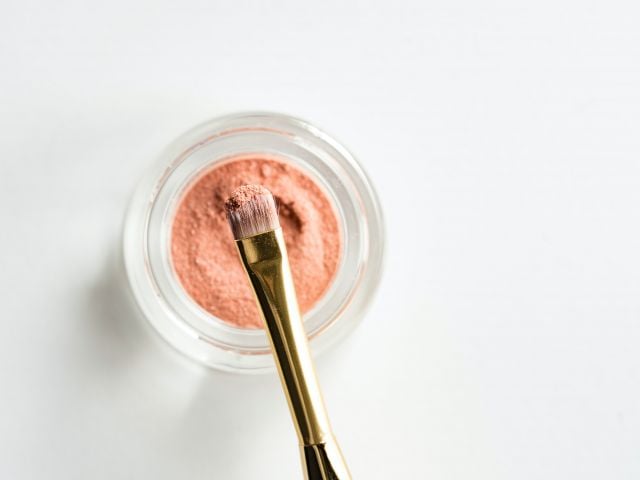
Nearly 80 percent of people globally use hair dyes. With salons closed during the pandemic, more people than ever relied on home hair dyes – but dye products may contain hazardous ingredients.
There are three types of hair dyes: temporary, semi-permanent and permanent. Most hair dye products on the market are permanent, and they rely on more-reactive chemistries than temporary or semi-permanent hair dyes. These products may be more likely to cause harm.
Hair dye health concerns
Scientists have long reported hair dyes could be harmful. The International Agency for Research on Cancer, or IARC, concluded that workplace exposure to the chemicals used by a hairdresser or barber is “probably carcinogenic to humans.”
Hairdressers and salon workers may be at a greater risk of harmful health effects than non-salon workers. One meta-analysis of 42 individual studies reported the longer someone works as a hairdresser, the more likely they are to get bladder cancer.
Consumers are also at risk: Frequent use of hair dye is associated with a higher risk of several cancers, including uterine and breast cancer, as well as the formation of ovarian tumors.
Hair dye use can also cause rashes and allergic reactions for people using them and workers applying them. A study published last year reported that hair dyes are one of the most frequent sources of allergic reactions for both hairdressers and consumers.
Studies have reported that hair dye related cancer risk may be higher among Black women, compared to white women. Using permanent hair dye was associated with a 45 percent higher breast cancer risk among Black women compared to white women, one study found.
Products marketed to certain demographics may vary in safety. An EWG report analyzed hazard profiles of products marketed to Black women and found they tend to contain more hazardous ingredients. The worst-scoring were hair products, including color and bleaching products.
Commonly used ingredients based on marketplace findings
In the 2021 15th Report on Carcinogens, the National Toxicology Program classified chemicals used in hair dyes as “reasonably anticipated to be human carcinogens.”
In May 2024, the Healthy Living team examined the formulations of 560 hair dyes in Skin Deep®, EWG’s free searchable database of personal care products. They are scored 1, the best, to 10, the worst, and the median, or average, score of hair coloring products was a 6 – most hair coloring products are considered moderate hazards. Only 4 percent of hair dye products on Skin Deep scored green, and most of them were temporary.
Hair dye Skin Deep® score breakdown

Over 1,000 different ingredients were used in various combinations in product formulations. The result is an infinite combination of mixtures of hazardous ingredients, which may interact together to cause worse health problems than each ingredient individually would.
Some of the most common ingredients in these products were aromatic amines, phenolics and isothiazolones, which have been associated with cancer and allergic reactions.
Ingredients commonly used in hair dyes
Regulation is falling short
The Food and Drug Administration evaluates and approves the use of color additives in hair dyes, with one notable exception – coal-tar dye, the most common type of hair dye product.
Unlike other colorants or coloring materials made from plant or mineral sources, coal-tar dyes do not require approval by the FDA and are exempt from regulation.
The FDA also does not require any warning on the labeling for coal-tar dyes to indicate the product contains cancer-causing ingredients, leaving users in the dark.
Under the Modernization of Cosmetics Regulation Act, enacted in 2022, the FDA will be more stringent on cosmetic products labeling, manufacturing substantiation and safety records. But regulation gaps remain.
Making safer choices

- Read ingredient labels. Avoid products that contain harmful chemicals, like p-phenylenediamine or m-aminophenol, as well as imidazolidinyl urea and DMDM hydantoin that can release formaldehyde.
- Protect yourself. Gloves can reduce the amount of chemicals entering the body through the skin. If possible, for maximum protection use gloves with strong chemical resistance, such as nitrile or latex gloves. Face masks or the application of dye in a well-ventilated area may also help lower respiratory irritation from formaldehyde releasers.
- Conduct a patch-test. Test the dye on a small patch of your skin, such as your arm, to see if it causes an allergic reaction or irritation before applying it to your hair.
- Rinse scalp after use. Washing thoroughly after use to get rid of all the dye may reduce your chances of irritation or allergic reactions.
- Avoid overuse. After bleaching, relaxing or perming your hair, wait at least 14 days before any additional uses.

- Apply dyes to other areas. Use on eyebrows or eyelashes can permanently discolor lashes or brows, damage your eyesight or lead to blindness.
- Leave dye on too long. Letting the color process longer than the directions advise may cause scalp irritation.
- Mix hair dyes. Product formulas vary, which means they can lead to unpredictable results when combined.
- Scratch or brush scalp excessively during the three days before you use a hair dye.
- Apply to a damaged scalp. If your scalp is irritated, sunburned or damaged, use of hair dye can lead to more irritation, allergic reactions and exposure to harmful ingredients.
Next steps
EWG’s Healthy Living team found that most hair coloring products in Skin Deep are rated moderate to high hazard. EWG plans to add more hair coloring products to Skin Deep, including hair dye kits, and seek safe alternatives, while also looking closely at other coloring and tinting products.
You can consult our Healthy Living app when you’re on the go to find products that are less dangerous. You can also use it to submit products to the Skin Deep database.








